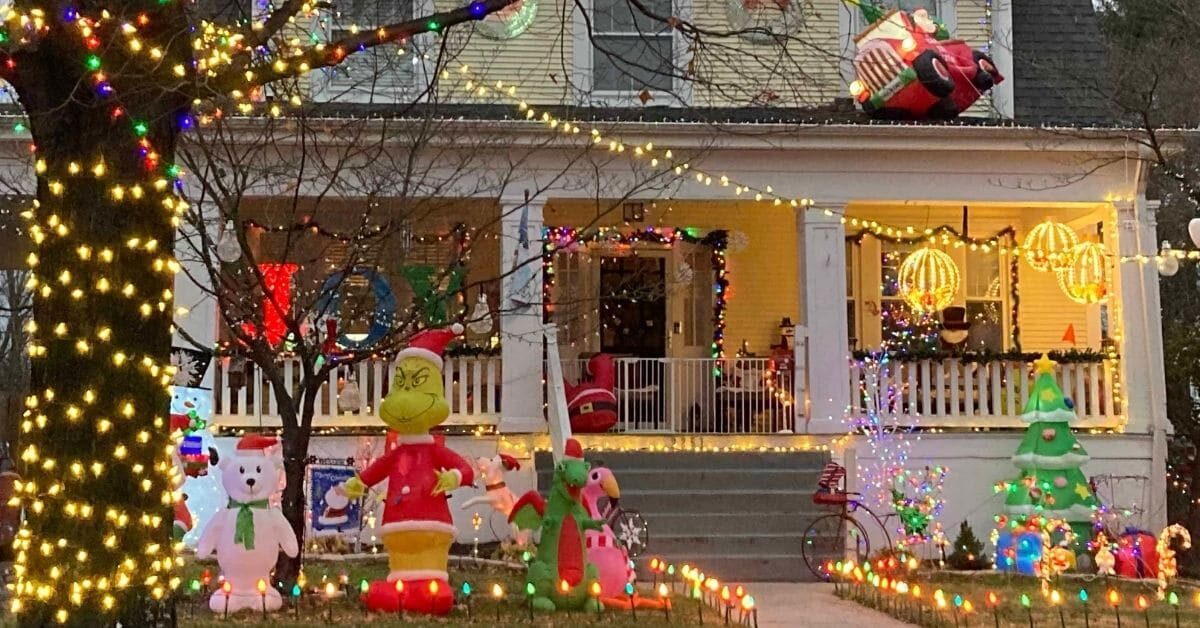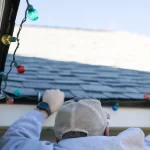The festive season brings joy and merriment, often accompanied by the beautiful glow of outdoor Christmas lights.
However, with the increasing concern for energy conservation, it is important to explore ways to save energy while still enjoying the magical ambiance of these lights.
This essay aims to highlight effective strategies to minimize energy consumption and maximize sustainability when decorating with outdoor Christmas lights.
Section 1: Choosing Energy-Efficient Lights
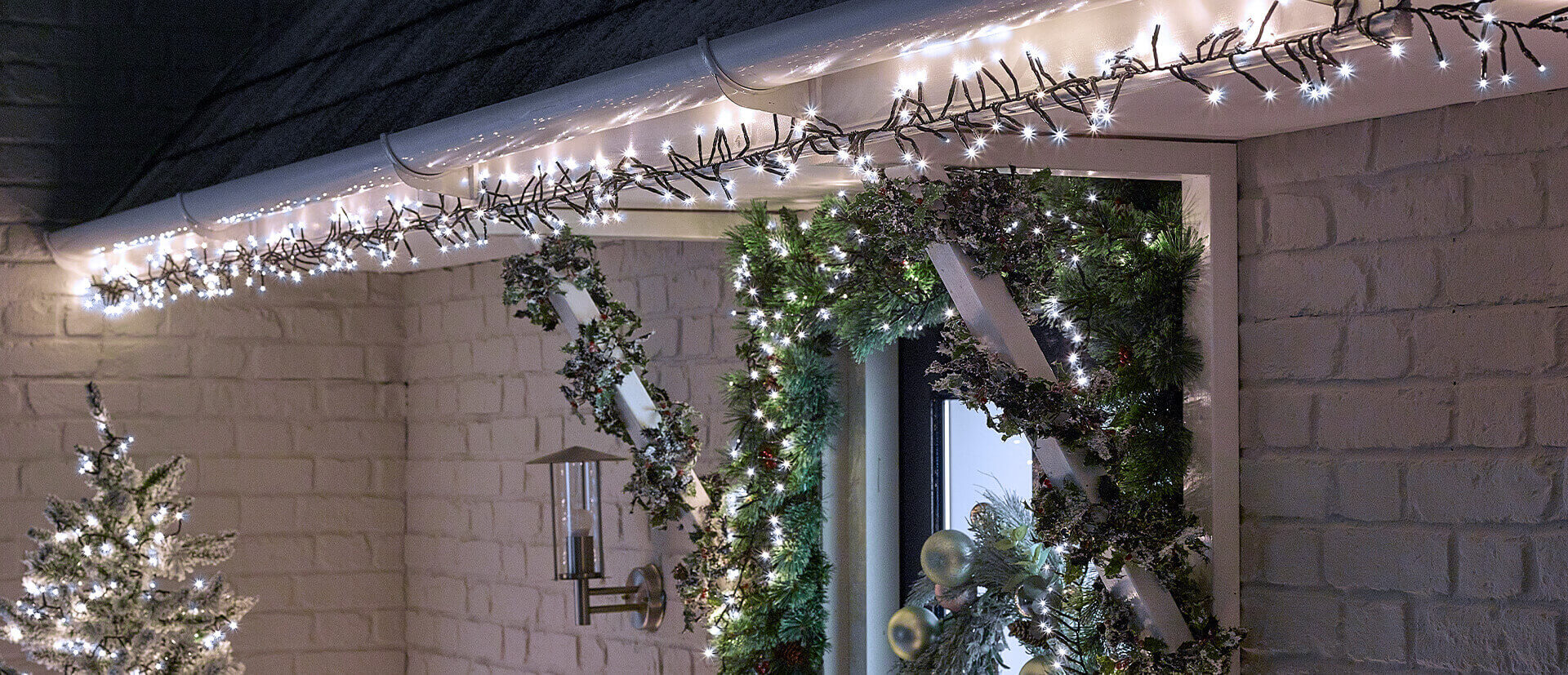
- Opt for LED lights
LED (Light Emitting Diode) lights are more energy-efficient compared to traditional incandescent bulbs. LED lights consume up to 90% less energy, have a longer lifespan, and emit less heat, making them safer and more environmentally friendly.
- Ensure Energy Star certification
When purchasing LED lights, look for the Energy Star label, which guarantees energy efficiency and quality.
- Choose solar-powered lights
Solar-powered Christmas lights utilize renewable energy from the sun, eliminating the need for electrical consumption altogether. Solar lights are cost-effective, require minimal maintenance, and provide a sustainable way to decorate exteriors during the holiday season.
Section 2: Effective Installation Techniques

- Plan your lighting design: Before installing outdoor Christmas lights, visualize and plan the layout to avoid unnecessary consumption.
- Focus on key areas: Highlight specific areas such as entryways, windows, and trees, rather than covering the entire house with lights.
- Use timers: Install timers to automate the turning on and off of lights, ensuring they are not left on during daylight hours or excessively overnight.
- Adjust brightness levels: Many LED lights come with adjustable brightness settings; use lower intensity levels to conserve energy without compromising the decorative effect.
- Avoid over-illumination: Resist the temptation to over-decorate with lights, as excess illumination can be wasteful and can diminish the overall impact of the display.
- Consider motion sensor lights: Motion sensor lights are an effective way to conserve energy, as they only activate when someone approaches, saving electricity during idle periods.
Section 3: Mindful Energy Consumption
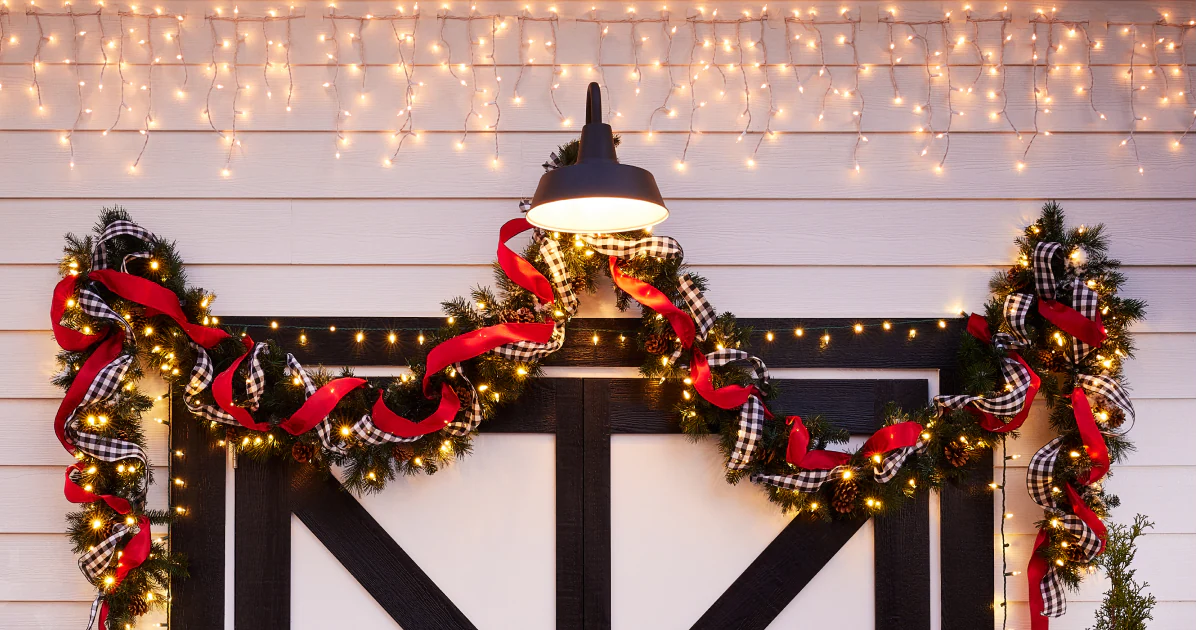
- Limit operating hours: Set a specific timeframe for the operation of outdoor Christmas lights to minimize energy usage.
- Use natural daylight: Take advantage of natural daylight during the holiday season by turning off lights during the day.
- Utilize reflective surfaces: Place lights near reflective surfaces, such as metallic decorations or white walls, to enhance the effect and reduce the number of lights required.
- Unplug lights when not in use: When the lights are not needed, turn them off completely and unplug them to prevent any standby power consumption.
- Choose energy-saving decorations: Opt for energy-efficient decorations, such as inflatable figures that utilize low-energy fans or light-up ornaments powered by solar panels.
- Regular maintenance and inspections: Ensure lights are well-maintained and free from damage to prevent energy wastage through malfunctioning or faulty connections.
- Consider using battery-operated lights: Battery-operated lights are another alternative that reduces electricity consumption, and they provide flexibility in terms of placement without the need for electrical outlets.
How Outdoor Christmas Lights Affect Animals
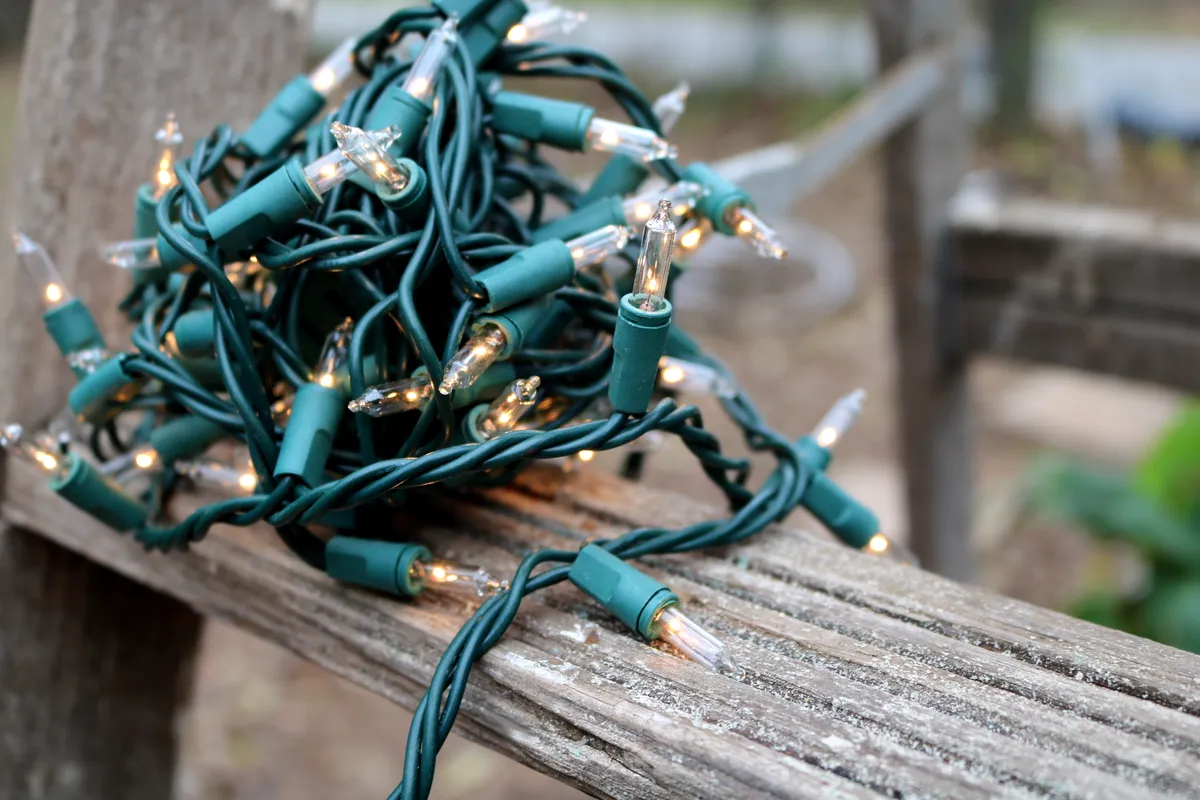
Outdoor Christmas lights can have a significant impact on wildlife, especially if not used responsibly. Here are the key points explaining how outdoor Christmas lights affect wildlife:
- Light pollution
Bright and excessive outdoor Christmas lights contribute to light pollution, which disrupts the natural patterns of wildlife. Nocturnal animals, such as birds, bats, and insects, rely on darkness for navigation and foraging. Excessive lighting can disorient them, affect their breeding habits, and disrupt their natural behaviors.
- Disruption of migration patterns
Many species of birds and insects rely on celestial cues, such as the stars and moon, to navigate during their migratory journeys. When outdoor Christmas lights create a bright sky glow, it can confuse these animals, leading to disorientation, collisions with buildings, and even death.
- Alteration of feeding and mating behaviors
Outdoor Christmas lights can interfere with the feeding and mating behaviors of various wildlife species. For example, bright lights can disrupt the feeding patterns of nocturnal animals, such as bats and moths, which rely on darkness to find food. Similarly, bright lights can impact the mating rituals of frogs and other amphibians that are attracted to specific light conditions.
- Impact on marine life
Outdoor Christmas lights near coastal areas can have detrimental effects on marine life. Sea turtles, for instance, are significantly affected by coastal lighting. Hatchlings rely on the natural light reflected on the ocean’s surface to guide them towards the water after hatching. Artificial lights can confuse them, leading them towards roads or away from the ocean, which can have fatal consequences.
- Disturbance of natural habitats
The installation and presence of outdoor Christmas lights can disrupt natural habitats and ecosystems. For example, attaching lights to trees can damage branches or interfere with nesting sites, affecting the survival and breeding success of birds and other arboreal species.
- Energy consumption and carbon emissions
The excessive use of outdoor Christmas lights contributes to increased energy consumption and carbon emissions. Traditional incandescent bulbs, in particular, consume more energy and emit more heat than energy-efficient alternatives like LED lights. Increased energy consumption further contributes to climate change, which has far-reaching effects on wildlife and their habitats.
To mitigate these negative impacts on wildlife, individuals can take certain measures. These include using energy-efficient LED lights with warm white or amber hues, minimizing the brightness and duration of the lights, and properly disposing of or recycling old lights. It is important to prioritize wildlife conservation and make conscious choices when decorating with outdoor Christmas lights to minimize disruption to the natural world.
